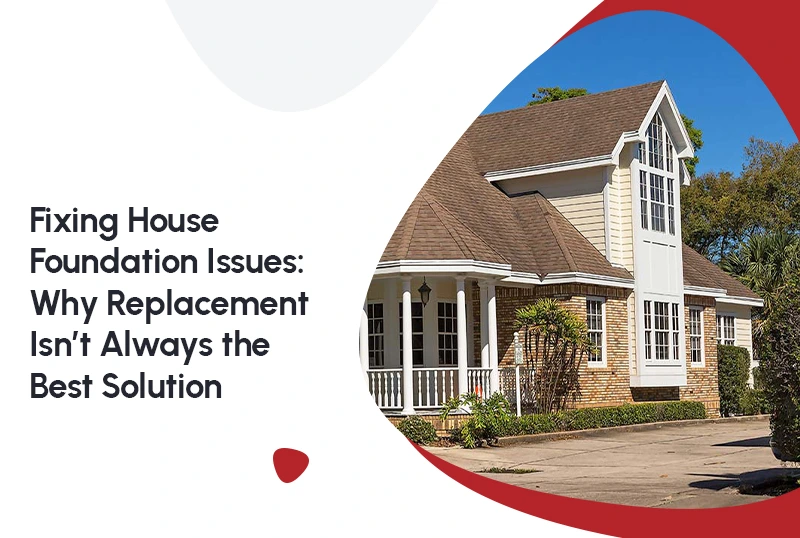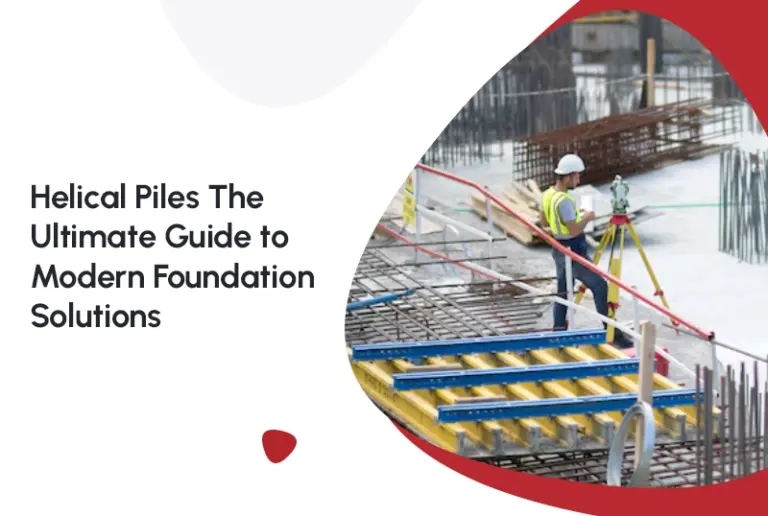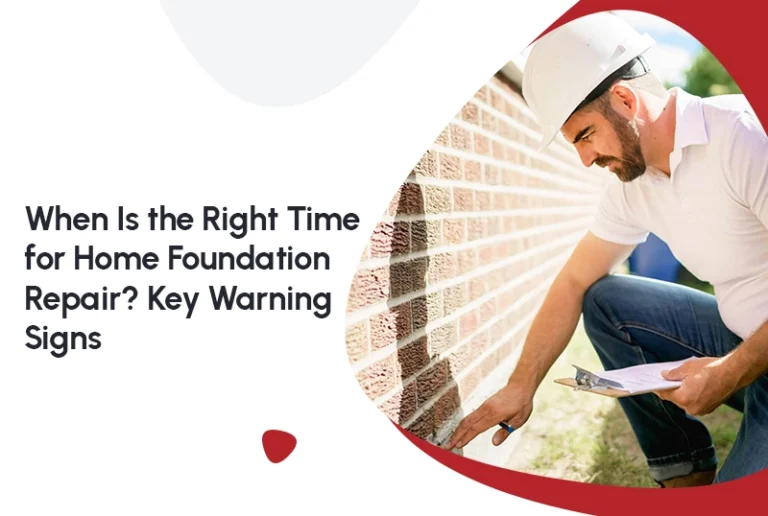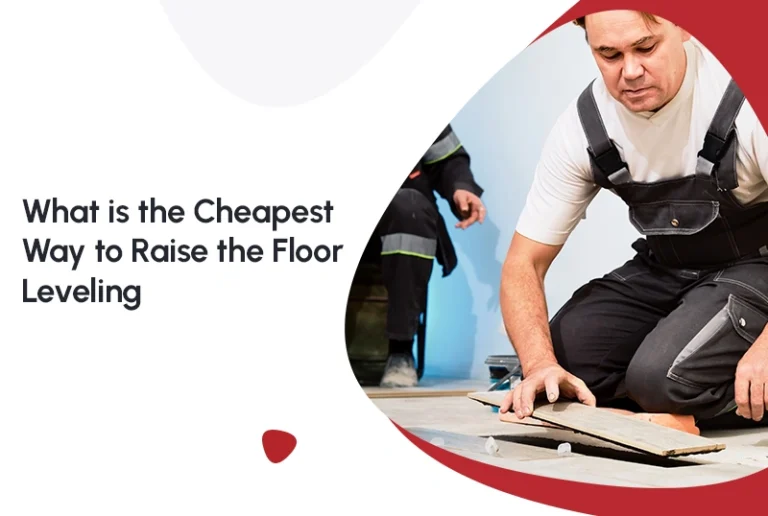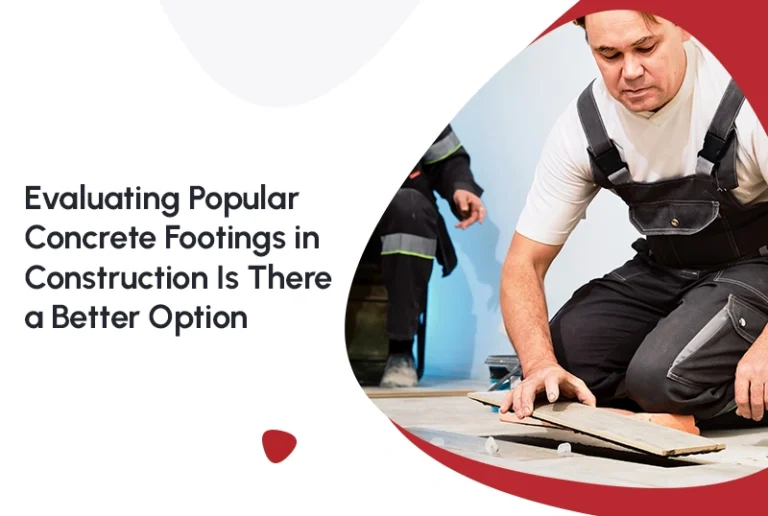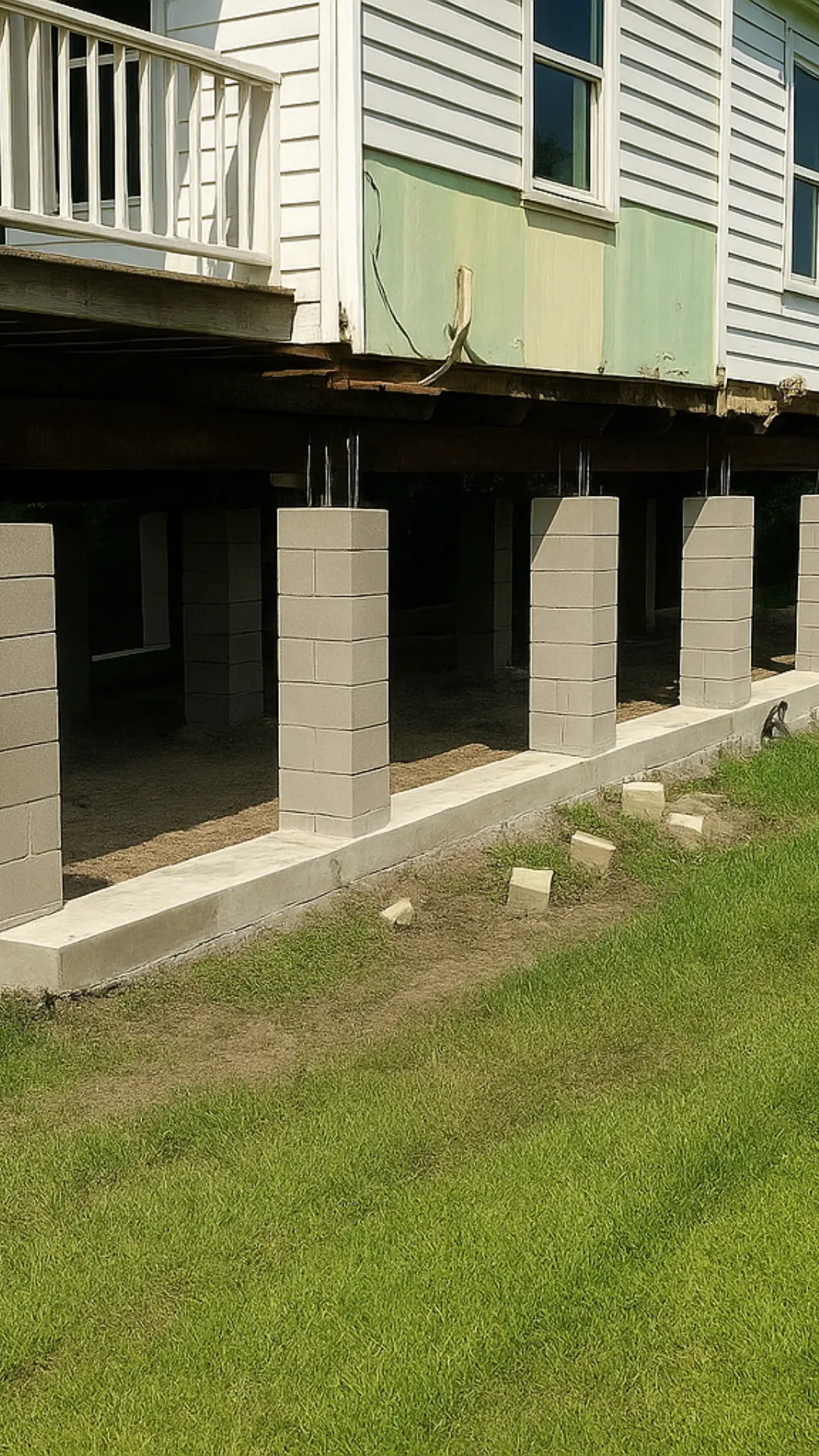When homeowners face structural issues, fixing house foundation often seems like the only logical step. But is foundation replacement always the best solution? Not necessarily. Many foundational problems originate from deeper, hidden causes like soil instability, drainage issues, or poor construction methods that a replacement alone can’t fix. If these underlying conditions remain unaddressed, even a brand-new foundation can deteriorate over time.
Structural Lifting: A Smarter Alternative to Full Replacement
House leveling is one such option that may offer a more targeted and cost-effective solution. Instead of tearing out and rebuilding the entire foundation, house leveling repositions your structure back to its original elevation. This is especially useful when the problem is due to differential settlement or isolated sinking in parts of the home.
Additionally, a detailed structural assessment helps identify specific areas of stress. It offers homeowners an opportunity to repair only what’s necessary preserving the stability of the home while saving thousands in unnecessary replacement costs.
Rather than rushing to replace a foundation, a structural evaluation can reveal whether a more targeted repair is the better fix.
Why Fixing House Foundation Isn’t a One-Size-Fits-All Approach
Foundation issues can stem from various environmental and design factors. Some of the most common include:
- Expansive clay soils that shrink and swell
- Poor drainage that causes water pooling
- Plumbing leaks that erode soil under the slab
- Tree roots sucking moisture and creating voids
Fixing house foundation without correcting these issues is like painting over mold it looks good temporarily but doesn’t solve the problem. Instead, long-term repairs require a comprehensive evaluation of the entire structure and surrounding environment.
For example, repairing a crack in a concrete slab may seem effective, but if it was caused by poor grading or standing water, the problem will return. You’ll find yourself in an expensive cycle of demolition and reconstruction.
Want more information? Read here: Cost to Fix a Foundation in 2025: What Homeowners Need to Know
Pier & Beam Foundation Repair: Targeted and Cost-Effective
When homes are built on pier and beam foundations, pier & beam foundation repair offers a more adaptable and less invasive solution than full foundation replacement. This system supports the house using concrete or wooden piers connected by beams, allowing for easier access beneath the home and better adjustment over time.
In these types of homes, problems usually arise due to rotted wood, misaligned supports, or weakened piers. A complete replacement isn’t always needed especially when skilled professionals can reinforce or replace damaged components directly.
Mid-project evaluations often reveal that fixing house foundation issues can be managed more precisely through pier and beam adjustments. Homeowners benefit from less disruption and better long-term stability.
Warning Signs That You’re Fixing the Wrong Problem
How can you tell if your foundation replacement is just masking deeper problems? Here are a few warning signs:
- Cracks reappear after foundation work
- Doors and windows don’t align after repair
- Uneven floors continue to shift post-repair
- Water pools near the foundation during rains
If any of these occur, it’s likely that fixing house foundation alone didn’t address the true source of the problem. Long-term peace of mind only comes when the structural integrity and environmental conditions are fully corrected.
Professional evaluations should always include soil reports, drainage analysis, and plumbing inspections to ensure a comprehensive repair strategy.
Concrete Leveling: A Better Solution for Slab Issues
For homes built on concrete slabs, concrete leveling is often a more efficient and less destructive alternative to full foundation replacement. It involves injecting materials beneath the slab to raise and stabilize it, closing cracks and eliminating uneven surfaces.
Unlike full replacements, this type of leveling can be completed quickly and affordably, with minimal disruption to landscaping and driveways. In many cases, homeowners rush into fixing house foundation with demolition-heavy solutions, only to find that something as straightforward as leveling could have solved the issue for a fraction of the cost.
Fixing House Foundation: Choose the Right Method
The right repair depends entirely on the root cause of the damage. Here’s how to make an informed choice:
- Start with a full foundation inspection: Get insights from engineers or foundation specialists who aren’t trying to sell you a single solution.
- Evaluate non-invasive alternatives: Explore leveling and repair methods before settling on replacement.
- Address root causes: Fix water drainage, faulty plumbing, or soil movement before replacing any structure.
- Understand your foundation type: Each type slab, pier and beam, or crawl space requires a different approach.
Fixing house foundation doesn’t mean starting from scratch. It means applying the right technique, with the right tools, at the right time.
Final Thoughts
Many homeowners are led to believe that foundation replacement is their only hope, but in reality, smarter solutions exist. With the right professional guidance, you can often resolve foundation issues without the high cost and disruption of a full replacement..
By taking the time to understand the real causes behind foundation failure, you’ll make decisions that protect your home and your wallet for the long haul.
FAQS (Frequently Asked Questions)
1. How do I know if my house needs foundation repair or replacement?
Visible cracks, sagging floors, and stuck doors or windows often indicate foundational issues. A structural assessment will determine if repair or replacement is necessary.
2. Can foundation problems be fixed without replacing the entire foundation?
Yes. Techniques like pier and beam repair and concrete slab leveling can fix problems more efficiently and affordably.
3. What is the most cost-effective method of fixing house foundation?
It depends on the issue. Concrete slab lifting is often more budget-friendly than full replacements.
4. How long does foundation repair take compared to replacement?
Foundation repairs typically take a few days, while full replacements can take weeks and are significantly more invasive.
5. Will fixing my foundation solve all my home’s structural issues?
Not always. If the root cause like water damage or soil movement isn’t addressed, structural problems can return even after a fix.
